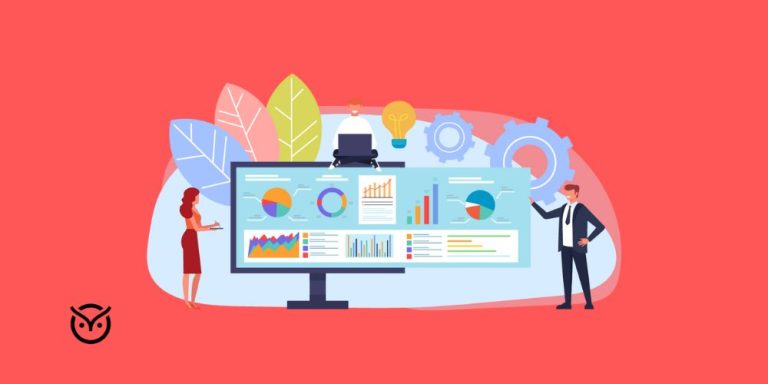How Workforce Planning Helps Companies Avoid Talent Shortages

TL;DR
- Workforce shortages happen when demand for talent outpaces supply.
- Workforce planning helps companies forecast needs and prevent talent gaps.
- It uses data, strategy, and alignment with business goals.
- A strong plan boosts hiring, retention, and prevents a costly scramble.
Companies often scramble when a key role falls vacant. A sudden departure, a surge in demand, or emerging skills can leave critical teams understaffed. Without foresight, managers end up reacting, like rushing recruitment, paying premiums, and overloading remaining staff.
The good news is that workforce planning gives you a way out of that cycle. With it, you can anticipate gaps, prepare talent in advance, and avoid the pain of last-minute hiring. In this blog, you’ll learn how workforce planning works, why shortages occur, and how it actively helps you stay ahead.
What Is Workforce Planning?

At its core, workforce planning is the process of estimating future staffing needs and matching those with your existing capabilities. It asks: what roles will we need when and with what skills? It then sets actions to close the gap.
You might see phrases like workforce planning definition or workforce planning meaning in guides. Some frameworks divide planning into strategic workforce planning vs operational workforce planning.
When you add technology, you get workforce planning software or even the best workforce planning software, tools that allow modeling, forecasting, and scenario analysis. Because of that, workforce planning becomes more precise and data-driven.
A good plan often leans on workforce planning and analytics, meaning you use data (past hiring, attrition, demographic trends) to drive decisions. You might also base plans on a workforce plan sample or a workforce planning template Excel/workforce planning template XLS to structure your work.
What Is Workforce Planning?
Why Do Talent Shortages Happen?
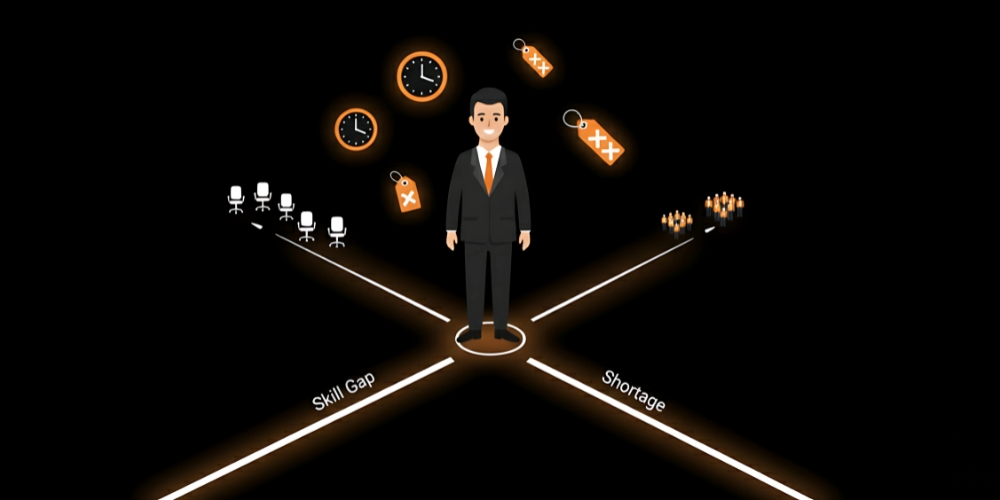
Understanding why shortages hit helps you prevent them. Some key causes:
- Rapid growth or business change: If your company pivots or enters new markets, demand for new skills can outstrip supply.
- Attrition, retirement, turnover: People leave. People leave. Many new hires move on within months, and replacing them often takes more time and money than expected.
- Skills mismatches: You may have people, but not with the right skills. According to TMI, 70% of employers report skill shortages; in many cases, there are candidates, but their skills don’t match the needs.
- Lag in training/upskilling: If you don’t invest in developing internal talent, the skills gap keeps growing, and future roles become harder to fill.
- Short-term mindset: Many organizations do only short-term planning. TalentGuard reports that 73% of HR leaders focus on short-term operational workforce planning, leaving them exposed to risk.
- External market pressures: Demographic shifts, regulation, and economic cycles all affect supply.
- Poor forecasting or lack of data: If you don’t forecast demand accurately (i.e., weak workforce forecasting), your plan is reactive.
Why Do Talent Shortages Happen?
How Workforce Planning Helps Avoid Talent Shortages
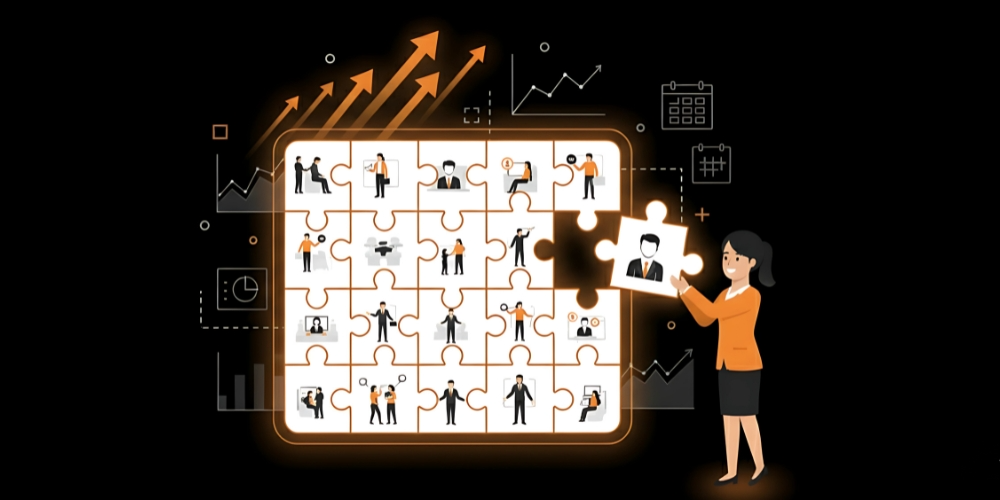
Here’s how this becomes your guardrail against talent gaps:
Anticipate Gaps Before They Hurt
By continuously comparing your projected future needs with your current workforce, you see where holes will appear. That foresight gives you months (or years) to respond either by recruiting or developing internal talent.
Better Talent Acquisition Strategy
With insights from talent acquisition metrics (time to hire, cost per hire, source effectiveness), you can refine your hiring pipeline. You won’t just react; you’ll plan recruitment when it makes sense.
Use Data to Drive Decisions
Incorporating workforce planning and analytics helps you test “what if” scenarios. For instance, if one department grows 20%, what roles or skills become critical? You can model tradeoffs.
Internal Development and Mobility
When you know gaps in advance, you can design a workforce development plan. You train or reskill employees before gaps hit. This reduces reliance on the external market.
Align with Business Strategy
Workforce strategy planning connects your people plan with business goals. As you roll out new products or markets, the workforce plan ensures you have the talent ready.
Flexibility and Agility
By using dynamic workforce planning or agile workforce planning, you can adjust quickly as conditions change. This flexibility helps you respond to sudden shifts without scrambling.
How Workforce Planning Helps Avoid Talent Shortages
Scenario: Your top data analyst resigns with two weeks’ notice. Critical reporting deadlines are coming up next month.
Benefits of Workforce Planning for Companies
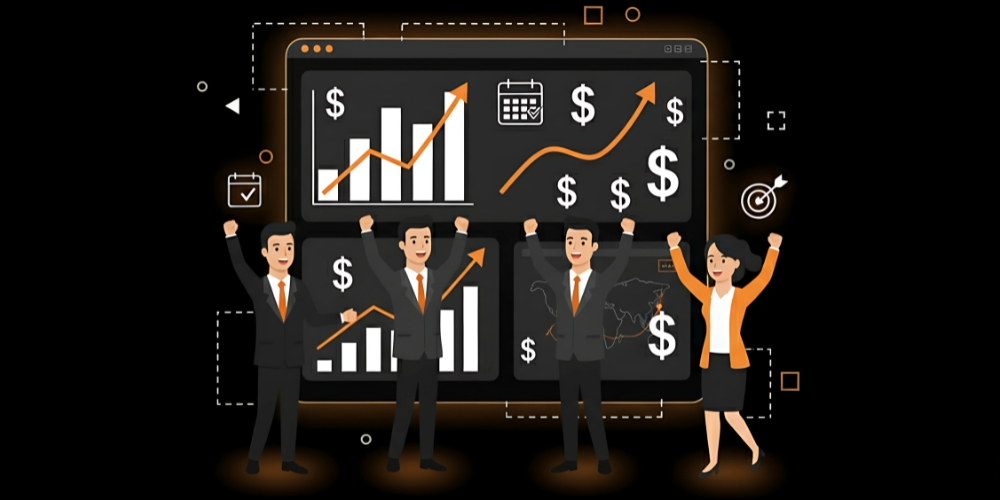
Done right, workforce planning doesn’t just fill seats. It fuels strategy. Here’s how it drives long-term results for employers.
Reduced Hiring Panic
No more rushing to fill vacancies. When you already know which roles will open and when, recruitment becomes smooth. You avoid last-minute hiring, poor fit, and inflated salaries that often happen during emergencies.
Cost Efficiency
Companies that plan staffing in advance save more on overtime, temporary hires, and recruiter fees. Their hiring process runs smoothly, and employees stay longer.
Stronger Business Continuity
A clear workforce development plan ensures you have skilled people ready for upcoming projects, mergers, or expansions. This minimizes disruption if someone leaves unexpectedly.
Smarter Decision-Making with Data
Using workforce planning and analytics, companies can see trends in attrition, skill shortages, and performance. Those insights shape proactive HR strategies instead of reactive firefighting.
Boosted Employee Morale
When employees see internal opportunities through succession and development programs, engagement rises. Internal promotions show that the organization invests in its people.
Competitive Advantage
Organizations that treat talent like a strategic asset, not just headcount, outperform competitors. A structured workforce strategy planning process ensures your people strategy moves in sync with your business goals.
Benefits of Workforce Planning for Companies
Workforce planning is only for large corporations.
Workforce planning helps improve retention and morale.
Data-driven workforce planning can reduce hiring costs.
Workforce planning doesn’t affect employee engagement.
Best Practices for Workforce Planning
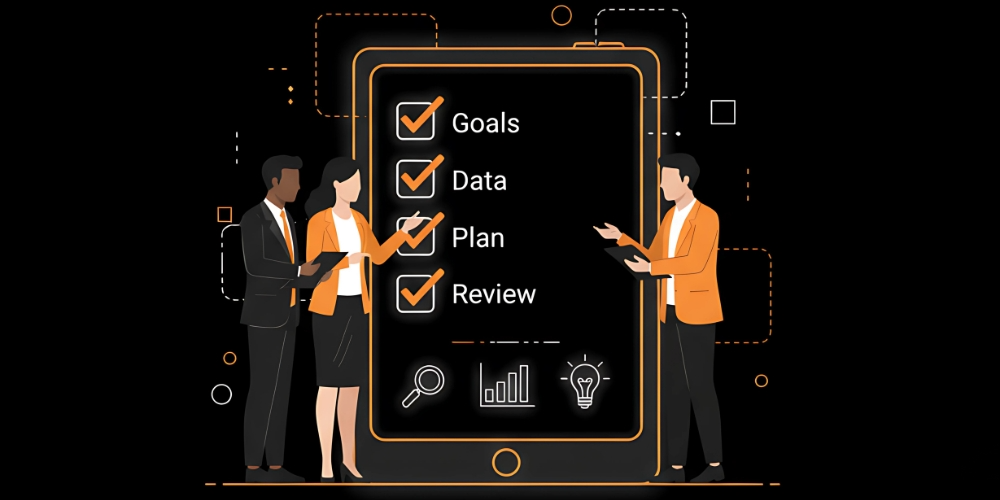
Even the best tools won’t help without the right process. Here’s how companies can make workforce planning practical and effective.
Start with Clear Business Goals
Every staffing decision should tie back to business objectives. Planning without understanding growth targets or market shifts is just guesswork.
Gather Accurate Workforce Data
Use workforce forecasting and analytics to understand who’s on your team, their skills, and when they may leave or retire. The more accurate the data, the sharper your forecast.
Segment Roles by Impact
Identify which positions are mission-critical. Focus planning efforts where shortages would hit hardest, such as sales, engineering, operations, or customer service.
Use a Planning Template or Framework
Starting from scratch isn’t necessary. Many HR teams use a workforce planning template or a workforce plan sample to organize steps. Some use a workforce planning template in Excel or a workforce planning template in XLS to track demand, supply, and skill gaps.
Combine Strategic and Operational Planning
Balance long-term goals (strategic workforce planning examples) with short-term realities (operational workforce planning). That way, you’re not only thinking about next quarter but also next year’s growth plan.
Invest in Technology
Today’s workforce planning software, or the best workforce planning software, helps HR leaders model different scenarios, test assumptions, and collaborate with finance teams. Digital tools also simplify workforce planning training for HR professionals and managers.
Keep Plans Flexible
Market conditions shift fast. Dynamic workforce planning or agile workforce planning ensures your plan adapts to changes, whether it’s a new technology trend, regulatory shift, or sudden turnover spike.
Conclusion
Companies that ignore workforce planning end up reacting to crises instead of preventing them. Those who invest in planning build teams ready for both growth and uncertainty.
It’s not about predicting the future. It’s about preparing for it. When you combine clear data, skilled people, and flexible planning, you future-proof your workforce and your business.
FAQs
Common options include specialized HR analytics platforms, enterprise HRIS systems and spreadsheet models. Many organizations start small with Excel before upgrading to dedicated workforce planning software that integrates with payroll, performance and recruiting systems.
Yes. Workforce planning identifies not only skill gaps but also growth paths. A good workforce development plan shows employees a clear future inside the company, reducing the risk of them leaving for external opportunities.
At least once a year, though most high-growth companies review plans quarterly. The faster your industry changes, the more frequent your updates should be. This helps keep your workforce strategy planning relevant and actionable.





